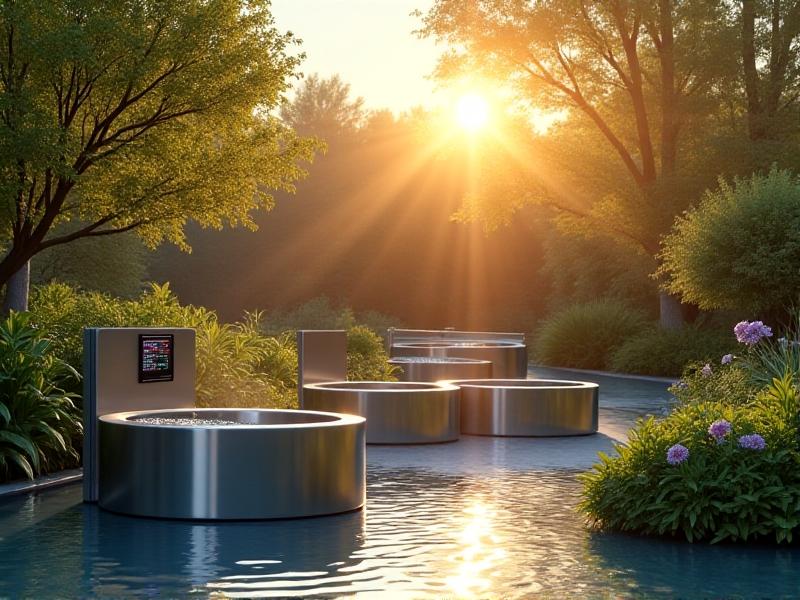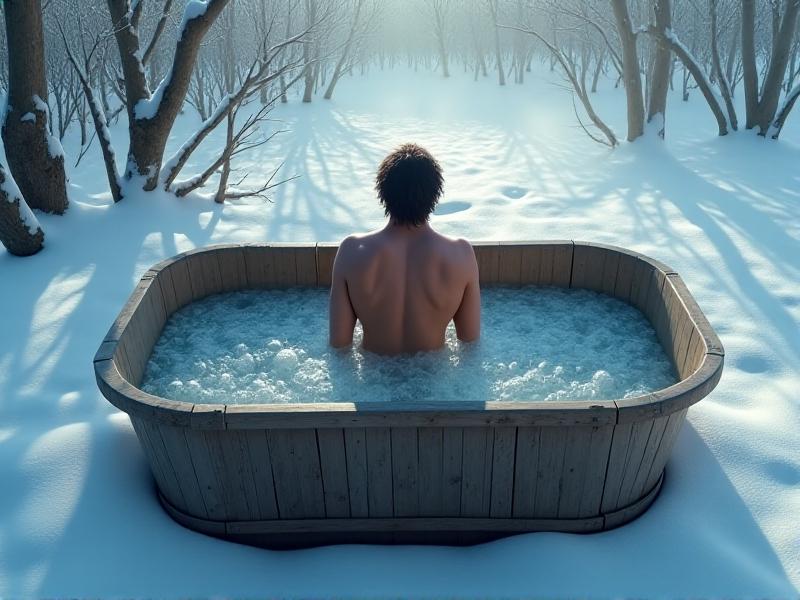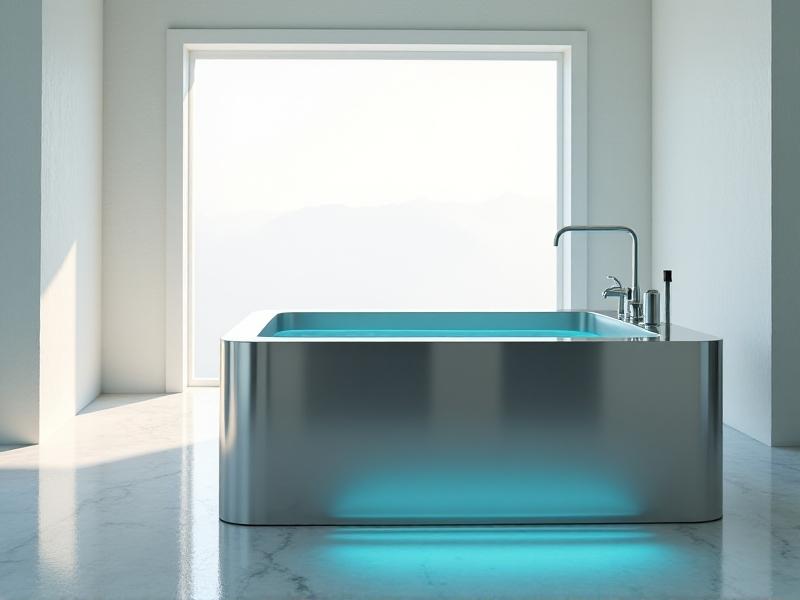Lymphatic System Stimulation via Cold Showers
Understanding the Lymphatic System: The Body’s Silent Cleanup Crew
The lymphatic system is a network of vessels, nodes, and organs that works behind the scenes to maintain fluid balance, filter toxins, and support immune function. Unlike the circulatory system, which relies on the heart to pump blood, the lymphatic system depends on muscle contractions, breathing, and external stimuli to move lymph—a fluid containing white blood cells, waste products, and proteins—throughout the body. This system acts like a drainage system, intercepting pathogens and cellular debris before returning cleansed fluid to the bloodstream.
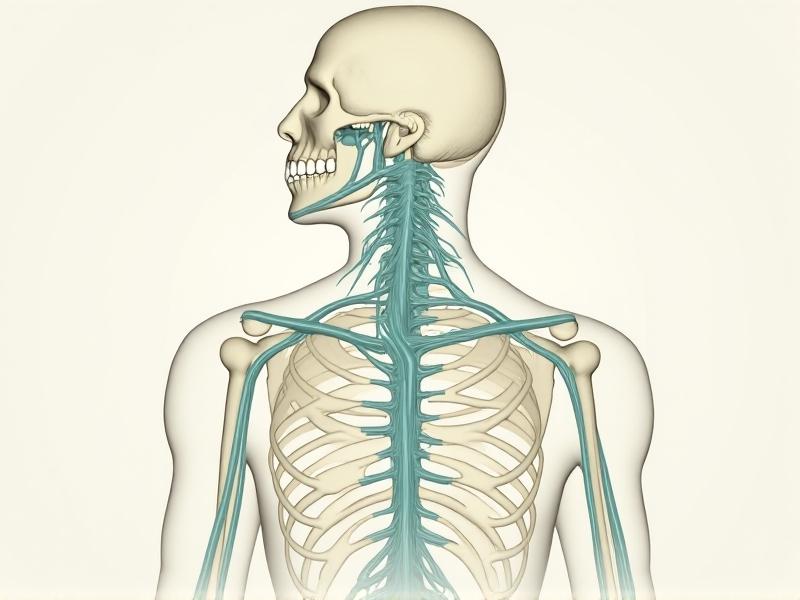
When the lymphatic system becomes sluggish—due to sedentary lifestyles, poor diet, or chronic stress—toxins can accumulate, leading to swelling, fatigue, or weakened immunity. Stimulating lymphatic flow is essential for preventing stagnation, and emerging wellness practices like cold showers offer a simple yet effective way to activate this vital system.
How Cold Exposure Triggers Lymphatic Activation
Cold showers create a physiological shock that jumpstarts the lymphatic system. When cold water hits the skin, blood vessels constrict—a process called vasoconstriction—redirecting blood toward vital organs. As the body warms afterward, vessels dilate (vasodilation), increasing circulation and creating a "pumping" effect that encourages lymph fluid to move through vessels more efficiently. This alternating constriction and dilation mimics the natural muscle movements that drive lymphatic flow.
Research suggests that cold exposure also increases the production of lymphocytes, white blood cells critical for fighting infections. A study published in the European Journal of Applied Physiology found that participants who engaged in regular cold-water immersion had higher levels of circulating lymphocytes, indicating a strengthened immune response.
The Physiology of Cold Showers and Lymphatic Drainage
Cold showers activate the sympathetic nervous system, triggering the release of adrenaline and noradrenaline. These hormones not heighten alertness but also stimulate lymphatic contraction. The abrupt temperature drop causes lymphatic vessels to tighten, pushing stagnant fluid toward lymph nodes for filtration. Once filtered, toxins are processed by the liver and kidneys, while purified lymph rejoins the bloodstream.
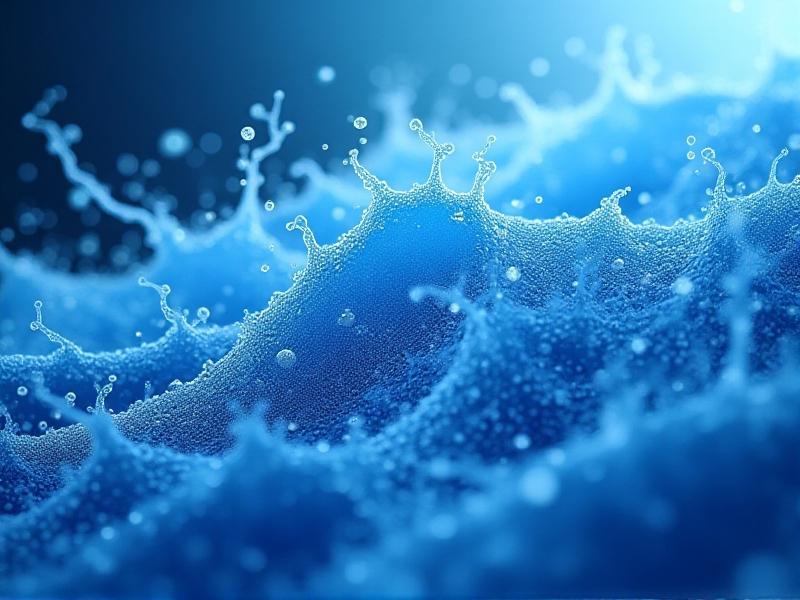
This process is particularly beneficial for individuals with lymphedema or post-surgery swelling. A 2020 review in the Journal of Clinical Medicine highlighted that cold therapy reduced edema in patients by enhancing lymphatic motility, though further studies are needed to establish optimal protocols.
Unexpected Benefits: From Immunity to Glowing Skin
Beyond detoxification, cold showers enhance immunity by flushing out pathogens and reducing inflammation. The surge of anti-inflammatory cytokines helps combat chronic conditions like arthritis. Skin health also improves as cold water tightens pores, reduces puffiness, and increases oxygenated blood flow to the skin’s surface, resulting in a radiant complexion.
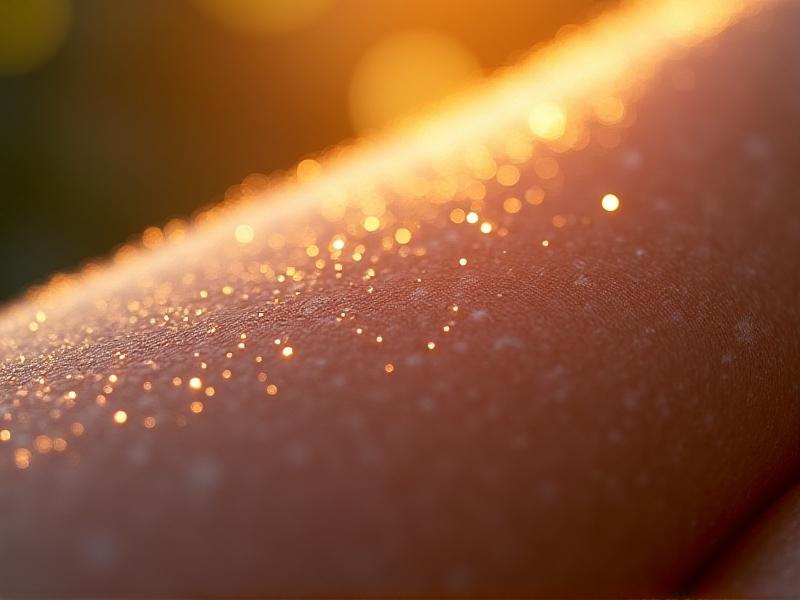
Mentally, the practice builds resilience. The discipline required to endure cold showers translates into improved stress management, as the body adapts to handle discomfort—a principle rooted in hormesis, where mild stressors strengthen long-term health.
Mastering the Art of Cold Shower Therapy
Start with 30 seconds of cold water at the end of a warm shower, gradually increasing to 2–3 minutes. Focus water flow on lymph-rich areas like the neck, armpits, and groin. Breathing techniques—slow inhales through the nose, followed by controlled exhales—help manage the initial shock. Afterward, dry brushing or light exercise can further stimulate lymphatic flow.
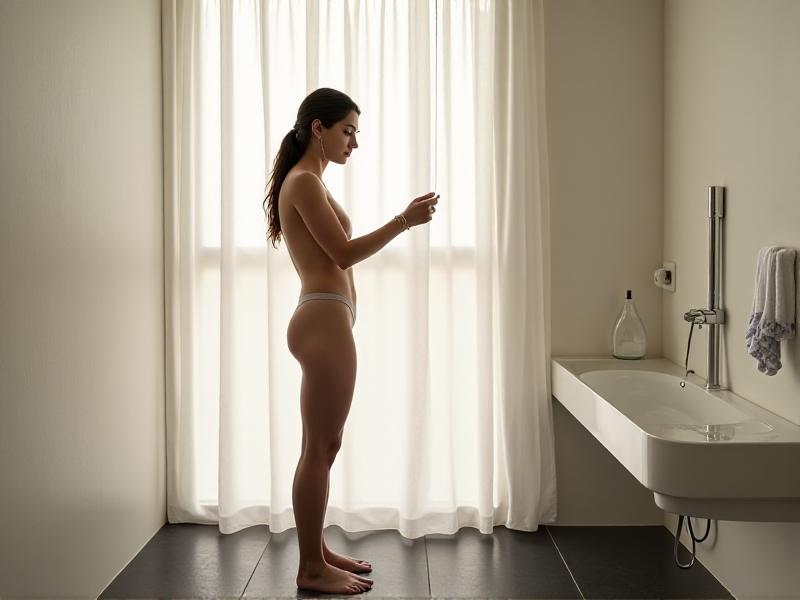
Note: Those with cardiovascular issues or severe health conditions should consult a doctor before attempting cold therapy, as the shock can temporarily elevate blood pressure.
Debunking Myths: Cold Showers vs. Common Misconceptions
Contrary to myths, cold showers don’t increase sickness risk when practiced correctly. The brief duration prevents hypothermia, and the immune-boosting effects outweigh temporary discomfort. Another myth is that ice-cold temperatures are necessary—cool-to-mild cold (50–60°F) suffices for lymphatic stimulation without extreme strain.
Building a Lymph-Friendly Lifestyle
Pair cold showers with rebounding (jumping on a mini-trampoline), which uses gravity to enhance lymph flow. Hydration, antioxidant-rich foods, and compression garments can further support lymphatic health. Over time, these habits create a compounding effect, turning a simple shower ritual into a cornerstone of holistic wellness.
